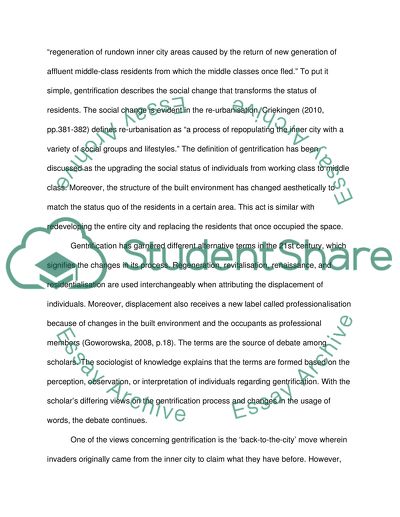Cite this document
(“Recent Trends and Debates Concerning Gentrification in Contemporary Essay”, n.d.)
Retrieved from https://studentshare.org/sociology/1394513-recent-trends-and-debates-concerning-gentrification-in-contemporary-cities
Retrieved from https://studentshare.org/sociology/1394513-recent-trends-and-debates-concerning-gentrification-in-contemporary-cities
(Recent Trends and Debates Concerning Gentrification in Contemporary Essay)
https://studentshare.org/sociology/1394513-recent-trends-and-debates-concerning-gentrification-in-contemporary-cities.
https://studentshare.org/sociology/1394513-recent-trends-and-debates-concerning-gentrification-in-contemporary-cities.
“Recent Trends and Debates Concerning Gentrification in Contemporary Essay”, n.d. https://studentshare.org/sociology/1394513-recent-trends-and-debates-concerning-gentrification-in-contemporary-cities.


